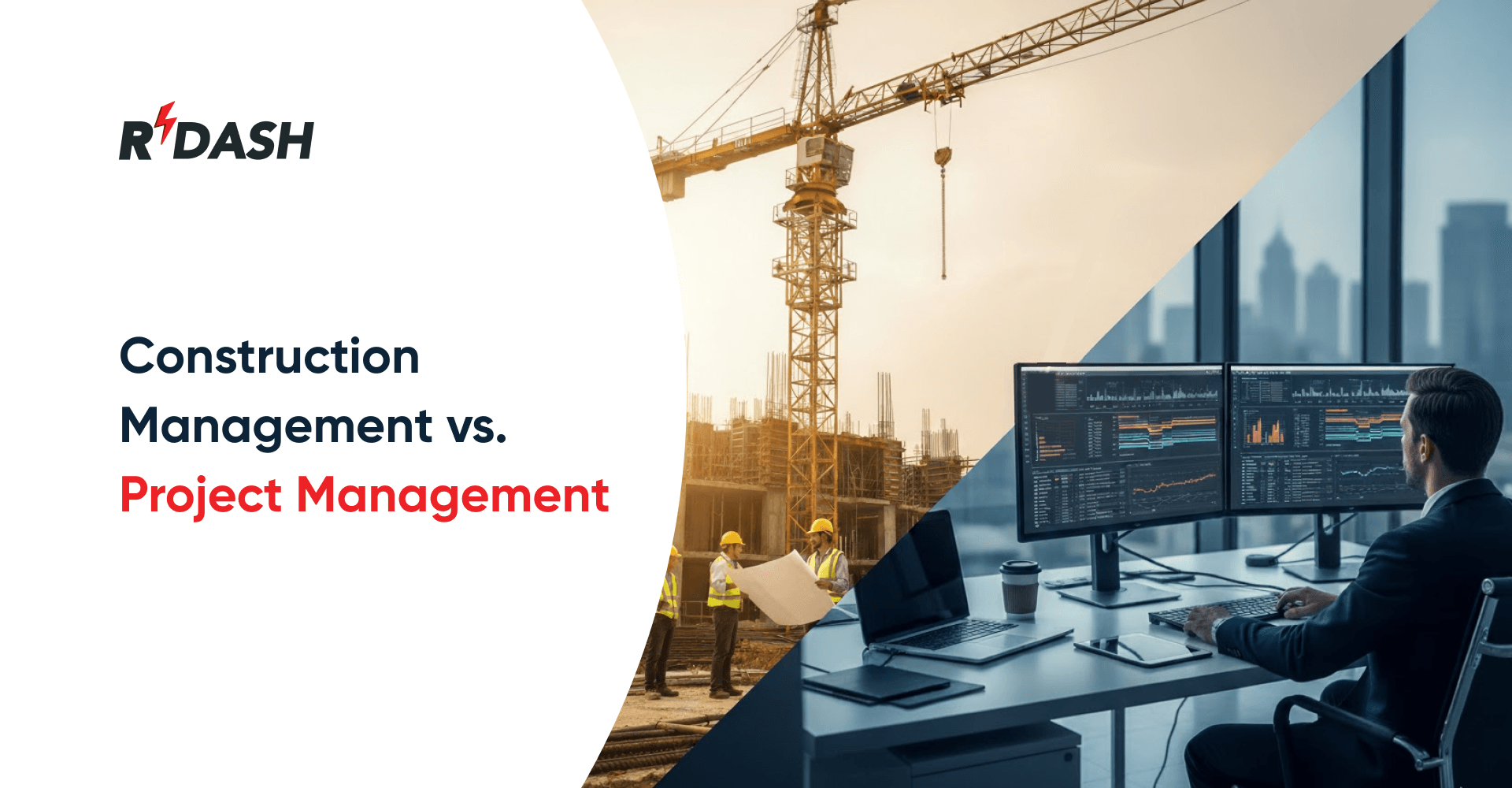Importance of project timelines in construction
Every construction project, no matter its size, depends on time. A well-planned project timeline is like a roadmap — it shows where the project starts, where it should go, and how long it should take to reach completion. Having clear timelines is not just about finishing work faster; it’s about better planning, controlling costs, improving communication, and delivering quality work.
When schedules are clearly defined, everyone knows their tasks and deadlines. This keeps workers, subcontractors, suppliers, and clients aligned. Good timelines keep work organized, help teams plan for materials and labor, and reduce the chances of delays that cost money and create disputes.
For contractors and project managers, timelines also help monitor progress. They can track what is ahead of schedule, what is on track, and what is falling behind. When a timeline is realistic and detailed, it helps avoid last-minute surprises and gives clients confidence that their project will be delivered as promised.
In short, project timelines build trust, support good decision-making, and ensure the project stays within budget.
Factors that can influence project timelines in construction

Type of Construction
The nature of the project has a big impact on how much time it will need. If your team has done similar projects before, you can plan a tighter schedule with confidence. But if the project involves custom designs, unique materials, or new techniques, you should allow extra time for your team to adjust and learn.
Availability of Labor
Finding enough skilled workers can be tough, especially when the job market is tight. A shortage of workers can slow down work and push back deadlines. Always check how many people you’ll realistically have on-site when planning your timeline.
Materials Shortage
Delays in getting materials are a common reason projects run late. Supply chain issues can mean materials arrive later than expected, bringing work to a stop. It’s important to know what materials you need, when they’ll be delivered, and to have backup suppliers if possible.
Weather
Bad weather can put a project on hold, especially for outdoor work. Rain, snow, storms, or extreme heat can make it unsafe or impossible to keep working. Reviewing past weather patterns helps you plan ahead and build extra time into your schedule.
Size of the Project
Bigger projects naturally take longer. They involve more people, tasks, and stages, which means more chances for errors and miscommunication. It’s smart to add some flexibility to your timeline for large or complex builds, while smaller projects may have shorter deadlines.
Legal Barriers
Permits, inspections, and other legal requirements can slow down work if not planned well. Working with outside agencies can cause unexpected delays. It helps to start this process early and factor in extra time for any paperwork or approval stages.
Design Changes and Scope Creep
Making design changes during construction is a frequent cause of project slowdowns. When new ideas or requests come in mid-project, it can cause extra work, waiting for approvals, and push back deadlines. It’s important to define the scope clearly from the start and stick to it as much as possible.
How RDash Can Help Manage Construction Timelines
RDash is designed to tackle the common challenges that delay construction projects by bringing better planning, tracking, and real-time updates into one place. With RDash’s Activity Schedule module, project managers can break down the entire project scope into clear, manageable activities. Each activity has its planned start and end dates, so everyone knows exactly what needs to be done and when.

RDash makes it simple to monitor progress with live updates from the site, so managers can compare planned timelines with actual progress at any time. If there are delays or changes, teams get instant visibility and can adjust schedules without guesswork. This helps avoid scope creep and keeps everyone aligned on priorities.
By organizing tasks, tracking dependencies, and showing where your project stands, RDash reduces confusion and miscommunication among teams, contractors, and clients. This leads to better control of costs and deadlines, with fewer unexpected issues and more accountability. For businesses that want to deliver projects on time and within budget, RDash provides the transparency and structure needed to make it happen.







